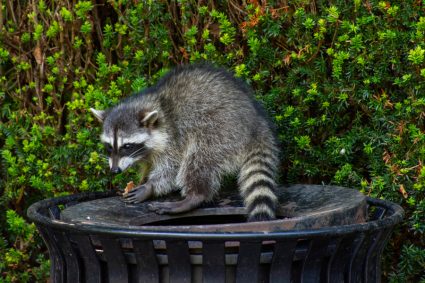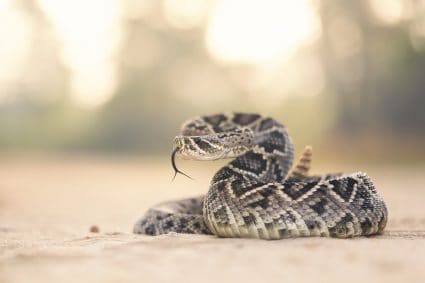
One thing bees and other flying insects like wasps and hornets love is a warm mailbox. Mailboxes are secluded and keep insects protected from harsh weather conditions. But having these stinging insects around your mailbox may deter the mail carrier from delivering your mail. As a result, you may miss important mail until you get rid of the beehive. So, how do you keep these insects out of your mailbox? Let’s find out!
Bees tend to build their nest in the same spot yearly. Unfortunately, their favorite place, most of the time, is the mailbox. However, you can use their instinct against them and keep them away from your mailbox permanently. Here are a few tricks you can try out:
- Remove stagnant water sources.
- Use natural bee repellants.
- Mow your lawn frequently.
Suppose you are fearful of being stung by bees in the process of removing them from your mailbox. You may want to invite a professional beekeeper or an expert pest control expert.
In this article, we will teach you seven well-researched and proven practical methods of keeping away bees out of your mailbox. Read and apply the ones that best suit your mailbox bee infestation problem.
7 Ways To Keep Bees Out of Mailbox

There are several ways you can take to protect your mailbox from swarming bees. But the surest way is to use their instinct against them. Below are a few ways to do that:
1. Mow Your Lawn
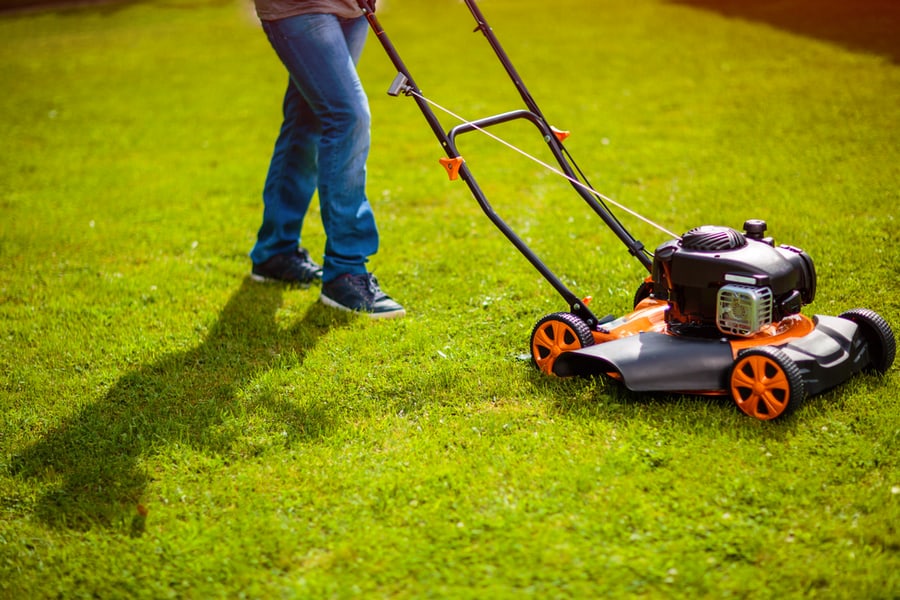
Bees can’t stand freshly cut grass. Research has shown that mowing lawns frequently help reduce the bee population. So, keep the grass growing around your mailbox short to avoid enticing bees.
If the grass begins to overgrow, some flowering plants like dandelions and clover may spring up unexpectedly. Bees are drawn to flowers and will soon locate them for pollination.
While this is good for the ecosystem, you may miss many important deliveries because your mailbox is a no-go area. Instead, keep your mailbox area dry, bare land. If you want grasses to be around your mailbox, ensure they are short.
Don’t extend the flowers to your mailbox area if you have a garden. Trim weeds away from your mailbox, as they can spring flowers too.
A manicured lawn is hell for bees. Since it does not give them any hope for food, they tend to avoid it.
2. Cover Garbage Cans
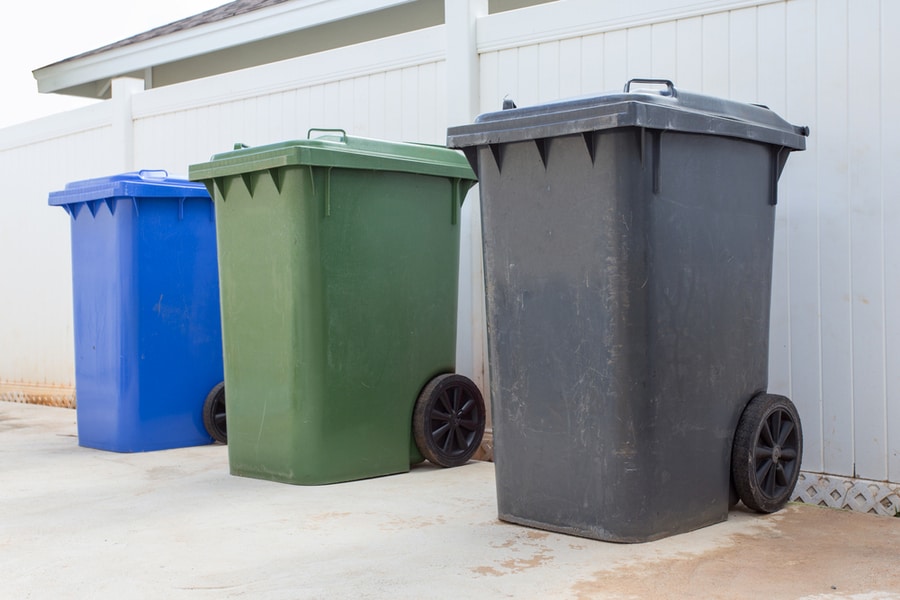
Bees are attracted to trash. The smell of fresh garbage can draw them close. Most people place their garbage cans in front of the house, close to the mailbox.
Bees, hornets, and other pests will happily stay around soda remnants and other food waste in the refuse bin. From there, they can easily migrate to your mailbox to find new food sources or a warm shelter.
To stop this from happening, keep garbage cans tightly shut. Then, reduce the frequency with which you take out refuse to lessen the chances of getting mailbox beehives.
You can bring your trash out to the dumpster only on collection days. That way, it doesn’t stay outside long enough to attract bees.
3. Remove Stagnant Water Sources
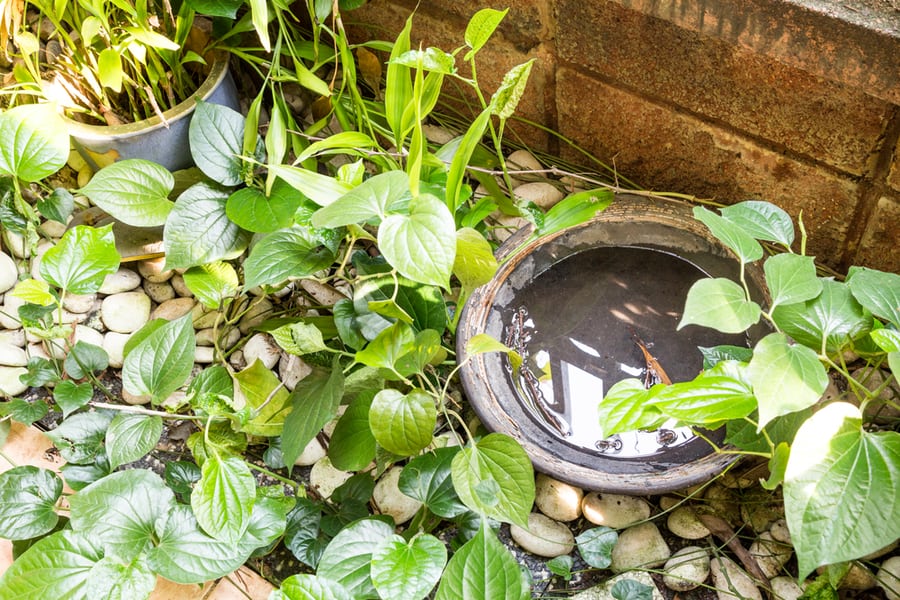
Bees tend to love water from undesirable sources that often disgust humans. These include puddles, wet compost, ponds, pools, and even freshly mixed concrete.
The reason is that bees locate water using their sense of smell and not sight. So, if the water is clean, bees may not find it.
Earthy odors like mud, bacteria, algae, chlorine, and moss are some things that draw thirsty bees to water. So, you will most likely find bees around smelly, stagnant, unpleasant water.
This smelly water contains many nutrients that bees need for their development. Although bees get most of their nutrients from pollen and nectar, dirty water has micronutrients that boost their nutrition.
If stagnant water pools under or near your mailbox, it creates the perfect environment for bees to thrive. So, inspect the area around your mailbox and prevent dirty water.
4. Use Mothballs

Mothballs have an unpleasant scent that deters most pests, including bees. You can place mothballs in a cheesecloth or wrap them in old papers, nylons, an old pantyhose, or a cloth bag.
Then, drop them in your mailbox or around it. The overpowering smell of mothballs will mask other odors and cause bees to avoid the entire area.
Before using mothballs to deter bees, note that this method will make your mailbox smell like mothballs. So, ensure you can deal with the smell before using the strategy.
If you consider the mothball smell repulsive, you may consider trying other methods instead.
5. Try Natural Bee Repellants

There are many natural or home remedies for bee infestations. One of these natural agents is vinegar. To apply, mix equal quantities of undiluted vinegar and water in a spray bottle and shake thoroughly.
Then, spray in and around your mailbox to discourage bees from visiting. Do this at night and wear protective clothing to ward off aggressive bees.
This vinegar and water mix has a lethal effect on bees and requires frequent application to eliminate them.
Garlic is another effective natural remedy because bees hate its strong smell. So, sprinkle some garlic powder around their hive and inside your mailbox.
The strong smell will push them to relocate. However, practice caution because applying garlic powder directly to bees can kill them.
Cinnamon is another spice you can sprinkle around bee habitats to drive them away for good.
You can also mix dish soap with water and apply it as usual for a more cost-effective remedy.
Alternatively, you can plant marigolds in your garden and close to your mailbox. This plant blooms in the summer and releases strong smells that bees hate. You can plant some in a flower pot and place them close to your mailbox to repel bees.
Suppose marigolds are not available. The cucumber is another plant with bee-repellant qualities. You can grow cucumbers around your mailbox or drop cucumber peels to drive bees away.
6. Swap Your Old Mailbox for a New Metal One
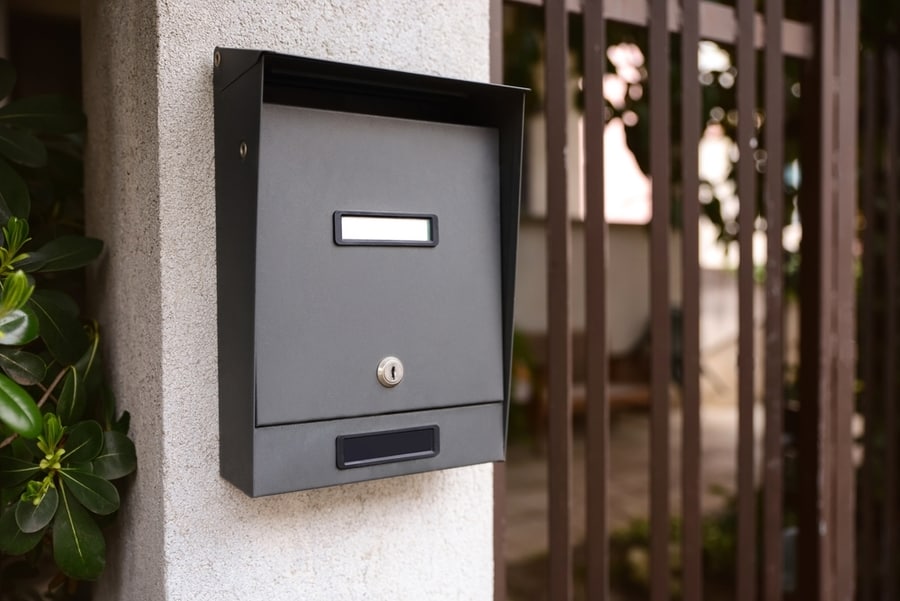
People prefer metal mailboxes for many reasons like durability and safety. However, there is more to metal mailboxes. Unlike wooden mailboxes, bees are less likely to build a nest in metal boxes.
That explains why most modern houses have galvanized steel mailboxes. Even though metal or aluminum costs more, it guarantees peace of mind.
While it may not entirely prevent bees from coming around, it reduces the chances of that happening. When combined with other bee-repellant strategies, you can get a permanent solution to your bee infestation problem.
7. Call a Professional Bee Removal Company

Keeping bees away is often more complex than it looks. You may try a few home remedies and DIY methods and end up with no change.
The worst part is you may even get stung while trying to move the bees swarming your mailbox, resulting in an allergic reaction. If you have tried different ways to eliminate these bees without results, it may be best to call professionals.
Bee control pest experts have the professional strategies to remove the bees and their hives and prevent future infestations.
Another option is to find an experienced beekeeper who will likely keep the bees alive. Instead of eliminating the bees and their hive using harmful means, beekeepers transport them to a safer location. They can thrive and develop the ecosystem at this new location without causing a nuisance in human dwellings.
Conclusion
Bees are likely to build their nest in the same spot annually. Frequently, their favorite place is the mailbox.
The seven solutions above can help you to fix your bee infestation problem if you follow the proper steps.
Before opening your bee-infested mailbox to apply anything, remember to wear protective equipment to avoid being stung by these insects.
If you have an allergy or other concerns, call a beekeeper or professional pest control expert to handle it.
Frequently Asked Questions
Can Ground Bees Sting You?
Unlike most bee species, ground bees are not aggressive. If you leave them alone, they won’t bother you. The male species do not have stingers. The most they can do is drive you away.
Do Bees Hate Peppermint?
Bees cannot stand the smell of peppermint or mint of any kind. Planting peppermint around your house is an effective way to discourage bees from coming around. As a bonus, you can also make tea from the plant.

